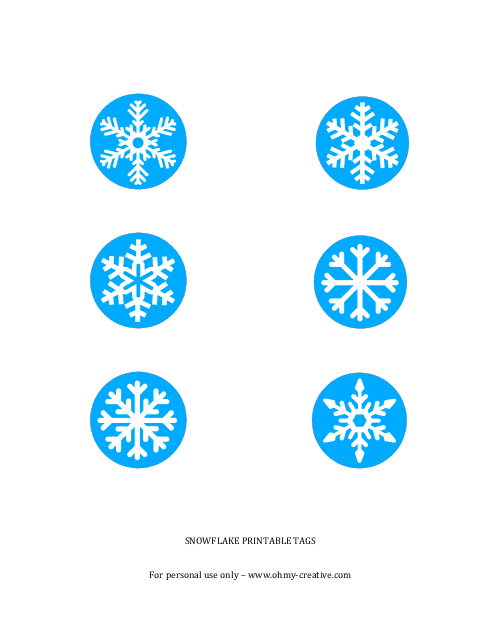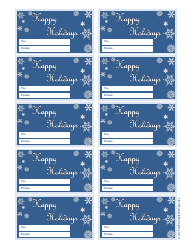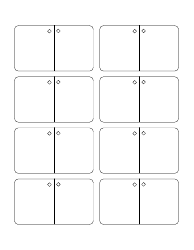Snowflake Tag Templates
Snowflake Tag Templates are used to create and manage tags in Snowflake, a cloud-based data warehouse platform. These templates help to define standard tags that can be assigned to objects such as databases, tables, or columns in Snowflake. Tag Templates provide a structured way to organize and categorize data, making it easier to manage and analyze.
FAQ
Q: What are Snowflake Tag Templates?
A: Snowflake Tag Templates are a feature in the Snowflake Data Cloud platform that allow users to define a set of reusable tags for organizing and categorizing objects in their Snowflake environment.
Q: How do Snowflake Tag Templates work?
A: Snowflake Tag Templates are created by defining a set of custom tags with predefined values. These templates can then be applied to various objects in Snowflake, such as databases, tables, or columns, to provide consistent and meaningful metadata.
Q: Why are Snowflake Tag Templates useful?
A: Snowflake Tag Templates help users to organize and manage their Snowflake environment more efficiently by providing a standardized way to assign tags to objects. This makes it easier to search, filter, and analyze data based on specific tags or categories.
Q: Can Snowflake Tag Templates be modified after creation?
A: Yes, Snowflake Tag Templates can be modified after creation. Users can update the values of existing tags or add/remove tags from the template as needed to adapt to changing requirements.
Q: How are Snowflake Tag Templates different from regular tags?
A: Snowflake Tag Templates provide a predefined set of tags with predefined values, ensuring consistency and adherence to a specific tagging scheme. Regular tags, on the other hand, are user-defined and can have different values for each object.












